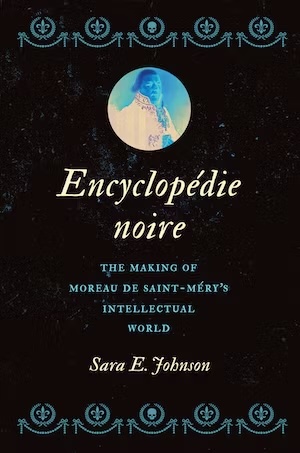
The Art of Conversion
Description
Between the sixteenth and the nineteenth centuries, the west central African kingdom of Kongo practiced Christianity and actively participated in the Atlantic world as an independent, cosmopolitan realm. Drawing on an expansive and largely unpublished set of objects, images, and documents, Cecile Fromont examines the advent of Kongo Christian visual culture and traces its development across four centuries marked by war, the Atlantic slave trade, and, finally, the rise of nineteenth-century European colonialism. By offering an extensive analysis of the religious, political, and artistic innovations through which the Kongo embraced Christianity, Fromont approaches the country’s conversion as a dynamic process that unfolded across centuries.
The African kingdom’s elite independently and gradually intertwined old and new, local and foreign religious thought, political concepts, and visual forms to mold a novel and constantly evolving Kongo Christian worldview. Fromont sheds light on the cross-cultural exchanges between Africa, Europe, and Latin America that shaped the early modern world, and she outlines the religious, artistic, and social background of the countless men and women displaced by the slave trade from central Africa to all corners of the Atlantic world.
About The Author
Cécile Fromont is associate professor of art history at the University of Chicago.
Awards
Arnold Rubin Outstanding Publication Award, Arts Council of the African Studies Association (2017)
Albert J. Raboteau Book Prize, Journal of Africana Religions (2015)
Best First Book in the History of Religions, American Academy of Religion (2015)
Finalist, Melville J. Herskovits Award, African Studies Association (2015)
Reviews
“An indispensable look at one site of African Christianity before the advance of colonialism.”–Christianity Today
“A valuable reference work for anyone interested in religious, Christian, and precolonial African art and material culture.”–Catholic Historical Review
“Meticulously researched, beautifully written, and lavishly illustrated, The Art of Conversion is one of the best books ever published about Central African religious history.”–Journal of Interdisciplinary History
“Fromont’s study is a model of careful scholarship wedded to a well-crafted argument….This book is very likely to remain the starting point for any study of Kongo Christian art, and an important contribution to the understanding of its Christian history.”–Social Sciences and Missions
“An impressive, ground-breaking work.”–ARLIS/NA Reviews
“A monumental contribution to scholarship on Kongo Christianity as well as cultural change in the Atlantic world more broadly. She challenges historians to think more deeply about the way in which history can defy easy categorization as continuity or change. . . . Her beautiful prose and evocative use of language powerfully re-create the multisensory rituals of Kongo Christianity. Perhaps most important, Fromont reminds us that Africans were always active participants in their history, the legacy of which resonates across the Atlantic world today.”–William and Mary Quarterly
“Provides relevant information to the conversion of the Kongo Kingdom to Christianity by providing numerous visual sources to support her argument. . . . Provides previously untapped sources to bring forward a new theory on the conversion of the Kongo and the changes associated with the kingdom’s new religion.”–Journal of the North Carolina Association of Historians
“Beautifully produced and accessibly priced edition will reward the attentions of lay connoisseurs as well as of scholars in all the academic disciplines engaging Africa’s past.”–African Studies Review
“A detailed account of how the visual arts were instrumental in [the Kingdom of Kongo.]”–Burlington Magazine
“Swords, crosses, caps, red sashes, pendants, and staffs whirled across the sacred landscape of early Kongo in celebration and service of a new Christianity. This book masterfully depicts the blended visual and material world that elite Kongolese created as they shaped their encounter with Catholic Europe and forged a place for themselves in a global Christendom. Kongo Christianity appears here for the first time as a highly innovative, aesthetic practice that rewove connections between life and death, king and people, kingdom and world.”–Catherine A. Molineux, Vanderbilt University






